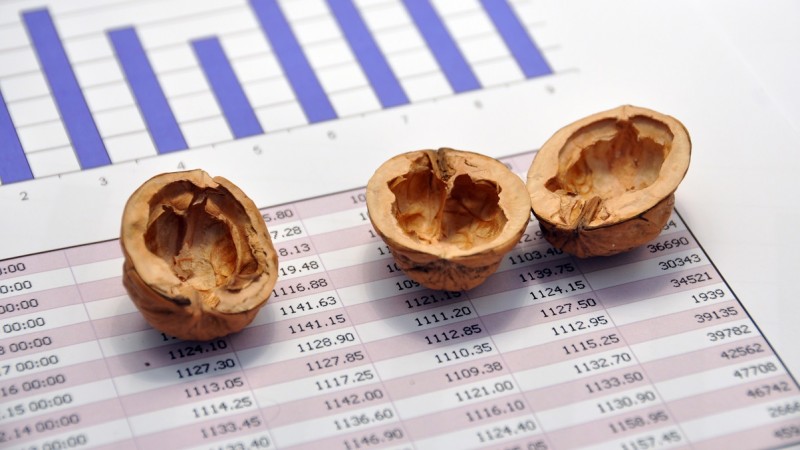Walnuts: first volumes sold stir doubts
July 18, 2023 at 9:15 AM ,
Der AUDITOR

Missing data
Climate change, the war in Ukraine and fierce competition are the main issues producing countries are forced to deal with. At the Nut and Dried Fruit Council Congress in London and the International Symposium on Walnuts and Pecans in Grenoble discussions were, for instance, centred on the impacts of global warming, drought and extreme weather events. Consensus is that reporting needs to improve and that more research is required. Criticism has hereby been voiced over the reporting systems in California as they do not fully account for the impact of heatwaves, which certainly drive up the share of off-grade walnuts and prompt yields to decline. China is also a black hole as it is impossible to obtain reliable data from here.
Research and funding are not only necessary to develop more heat-resistant varieties or fight the climate-related spread of diseases and pests but also to provide support and advice for growers. The USDA has, for instance, bought large volumes of walnuts this season for food banks that helped to stabilise supplies in the US and provided support for the industry. Walnut growers in France are also switching to pecans to diversify their crop and research is set to provide the industry with solutions to adapt to climate change. Hope is that this will help the French walnuts to bounce back and become more competitive internationally. Curious twist is that global warming also presents an opportunity for farmers in England. Not only are they already planting walnut trees to protect their cattle from heat, but rising temperatures should also enable them to grow a marketable crop.
Complex trade flows
With no end in sight to the war in Ukraine trade flows has turned highly complex in Eastern Europe. Russia has also quit the Black Sea Grain deal, which has slashed any remaining hopes of stability in the region. Ukraine is the fourth-largest walnut producer in the world and supply chains have been severely disrupted. East Fruit also highlights that trade flows have become more obscure in Eastern Europe. China has, for instance, stepped up shipments to Kyrgyzstan, which are then re-exported to Russia, Turkey and several other states without any mentioning of the country of origin.
Ukraine is also losing out to China. Beijing is not only gaining market shares in Eastern Europe but also within the EU, although the quality of Chinese walnuts is allegedly not as good as for US nuts. India, in addition, holds a great potential and has recently agreed to drop the retaliatory tariffs for US inshell walnuts by 20% to 100%, which presents a great opportunity for the US to gain market shares. For competitors such as Chile or Ukraine it will become more difficult to stand a chance against China and the US.
Traders doubt firm prices
US suppliers have successfully sold the first volumes inshell Howard jumbo walnuts of the new crop for shipment in September and October. Prices for this variety usually range 10% lower than for Chandler walnuts and give a good impression of which prices buyers are prepared to accept. Although quotations firmed in the US last week, traders are doubtful in how far the current prices are sustainable and if demand will really be as good as indicated for the season. Estimates state that US production will range 3% lower than last year at 658,000 mt. US Chandler, 80 LHP, have been trading in a relatively firm range in Europe since the end of May, whereas quotations for Chilean Chandler, 80 LHP, have surged in recent weeks.
|
Walnuts |
||
|
Type, origin |
USD/mt |
EUR/mt |
|
Chandler, Jumbo large, inshell, USA |
1,715 |
1,600 |
|
Chandler, 30-32 mm, inshell, Chile |
2,700 |
2,410 |
|
Chandler, 80 LHP, USA |
5,680 |
5,080 |
|
Chandler, 80 LHP, Chile |
7,500 |
6,700 |
|
185, 32 mm, inshell, China |
2,584 |
2,310 |
|
185, 90 ELHP, inshell, China |
5,379 |
4,810 |
|
FCA Spain |
||
View more
- price charts for nuts, dried fruit and oilseeds and more





